1960 Time Series Study
About the Dataset
- Number of Cases: 1181
- Number of Variables: 336
- Weight Variable: V600003
Most of the 1960 respondents were interviewed previously in 1956 and/or 1958. Those new to the sample were selected from dwelling units vacated by 1958 respondents.
Study Content Highlights
In the pre-election interview the investigators were concerned with obtaining information about the long-term influences upon electoral choice and about the election-specific short-term forces that were in operation in 1960. In the post-election interview the emphasis was placed upon ascertaining behavior with respect to the election and the reasons for that behavior.
The long-term influences on the respondent’s electoral behavior which were explored in the pre-election interview included a number of factors important to political socialization, such as the respondent’s education, occupation, financial situation, life cycle status, geographic and social mobility, and military service. The direction and intensity of the respondent’s party identification and the reasons for any past changes in this identification were also the subject of questions designed to tap these long-term influences on behavior. In order to determine the nature of the short-term forces which might influence voting behavior, respondents in the pre-election interview were asked their opinions on political issues which were important in 1960, such as civil rights, domestic spending for social services, and foreign aid. Questions about agricultural matters and labor concerns were asked of farmers and labor union members, respectively. The respondent’s perceptions and evaluations of the presidential and vice-presidential candidates and the two major parties were obtained. In addition, questions designed to reveal changes in the respondent’s attitudes toward the candidates and parties were included.
The survey instrument contained a series of questions used to measure the respondent’s sense of political efficacy and citizen duty. Also included was a series of items designed to measure the extent to which the respondent would trust certain groups to endorse an acceptable candidate for office. Finally, the pre-election interview asked the respondent to predict the 1960 presidential election outcome, to predict his likelihood of voting, to identify the candidate for whom he would vote, and to give the reason for that electoral preference.
The post-election interview was primarily concerned with the respondent’s vote and the party-, candidate-, and issue-oriented reasons for that vote. The respondent’s interest in the election and his/her exposure to the media were explored. In particular, respondents were asked questions about their participation in political activities and about their reactions to the televised Kennedy-Nixon debates. In order to assess the effect of Kennedy’s religion on electoral choice, a series of questions about the respondent’s religious preferences and background were included. Finally, the post-election questionnaire included a series of questions designed to measure the respondent’s sense of personal competence.
Study Design Highlights
The 1960 American National Election Study was conducted from September through December of 1960. The study was designed to provide information about the political attitudes and behavior of a representative cross-section of United States voters. The study is the last wave of a 3-wave panel study of which the first two components are the 1956 and 1958 American National Election Studies. Most of the 1960 respondents were interviewed previously in 1956 and/or 1958. Those new to the sample were selected from dwelling units vacated by 1958 respondents. The 1960 American National Election Study also is itself a panel study in which respondents were interviewed both before and after the 1960 election.
